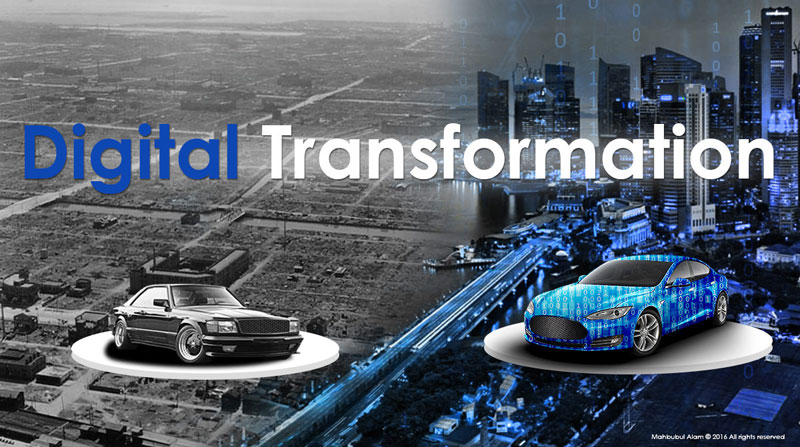Digital Transformation in the Automotive Industry
The automotive sector is one such prominent territory which, at present, is experiencing digital transfiguration at an accelerating rate resulting in digitization of connected supply chain as well as improved manufacturing. As a matter of fact, manufacturing operates independently from marketing, from customers, and from suppliers and other partners. Lack of transparency amongst these links in the supply chain would mean that none of them really understands what the other link is doing or needs. Inevitably, this would highlight the orderly flow from marketing to customer is disrupted somewhere. With the advent of the digital supply chain, silos will dissolve and every link will have full visibility into the needs and challenges of the others. Supply and demand signals will originate at any point and travel immediately throughout the network. The speed of this transformation is determined by the advances in connectivity technology, changes in consumer behavior, the emergence of new business models, and environmental trends and regulatory practices. The impact has been seen mostly in the after sales stage of the value chain.
Another significant impact is witnessed in the area of Research and Development, procurement, assembly, marketing parts and services. This digital transformation of the automotive ecosystem has also allowed a number of non-traditional, technology-based companies to enter at various points along the automotive value chain. This presents a growing challenge to the business models of original equipment manufacturers (OEMs) and all entities along the traditional value chain. Driving this change is the rise of digitally enabled and empowered consumers who increasingly demand that their vehicles provide the same.
Today’s consumers expect products and services when and where they want them 24/7. To them, transportation is not only a means to get somewhere but also an experience augmented by a boundless array of social media and entertainment services. Meeting these demands is a particular challenge for an industry that throughout its existence has been focused on creating hardware products rather than delivering software solutions. Many travelers have experienced the frustration of looking up a destination on their mobile device, quickly and easily – only to have to do so again through an in-vehicle navigation system, in a much slower and more painful process.
Digital Transformation of the Automotive Industry, analyzes the strategies, growth analysis, competitive landscape, business models, and future focus areas of original equipment manufacturers (OEMs) and Tier I suppliers. Digitalization in the automotive industry will have a spiral effect on other industries as well

